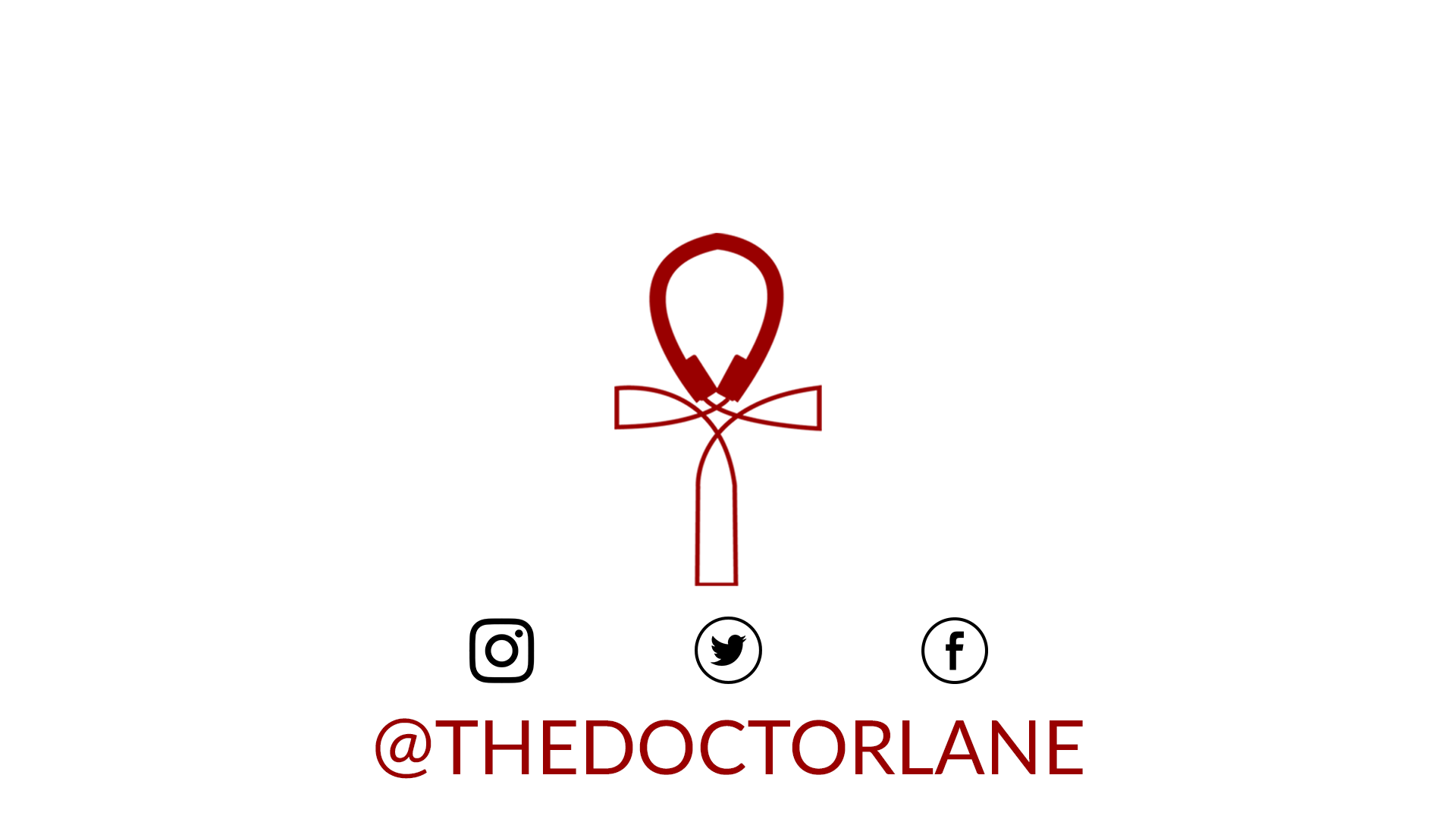The Spring 2018 semester at American University is underway. I am teaching a course in the American Studies program titled #BlackLivesMatter & Beyond.
Here’s a copy of the course description for #BlackLivesMatter and Beyond:
The movement sparked by the Twitter hashtag #BlackLivesMatter is one of the most important in the history of Black life in the United States. Its meaning, that black lives are significantly undervalued, has been used to call out the ongoing anti-black racism, white supremacy, and violence against people of color at the hands of law enforcement that has plagued the United States, before and since Emancipation. This course uses Keeanga-Yamahtta Taylor’s book From #BlackLivesMatter to Black Liberation as the central text, and offers an interdisciplinary exploration of Black activist movements and struggles from slave revolts, Fredrick Douglass, and Ida B. Wells-Barnett to the Black Panther Party; on to the Black Arts Movement and the Combahee River Collective; to the formation of the Congressional Black Caucus, and to the eruption of the #BLM Movement. The course steeps students both in the horrors that Black people have faced in the United States, as well as their triumphs and victories, despite their continued oppression.
This class is bold and unique in that it is anchored in the ongoing political and cultural movement that was, in large part, inspired by the #BlackLivesMatter Twitter hashtag. However, teaching relevant and unique courses is not particularly new for me. I will approach this course much in the same way as I have other courses in my catalogue including Black Popular Culture in D.C., Beyoncé: Race, Gender and Sexuality in US Pop Culture, and Sexuality & Culture, all of which revolve around contemporary debates and cultural phenomenon in the United States. The politically charged nature of the title aside, students will be tasked with understanding #BlackLivesMatter in the context of broader black and African American social movements from the 19th and 20th centuries into the early 21st century.
When I was asked to teach the course it was pitched to me as being titled “(Beyond) Black Lives Matter.” I replied with a description and a revised course title: #BlackLivesMatter & Beyond. I changed the title in part because I did not want to imply that the U.S. was beyond the issues which circulate around the idea that “Black Lives Matter.” I also wanted there to be specificity. #BlackLivesMatter is, contextually, located at the nexus of social media activism and grassroots organizing. It is a phenomenon specific to the technology of the 21st century, and the title needed the hashtag to fully capture that. Lastly, I didn’t want to bracket the beyond. I wanted to center it.
Initially, I wanted the & Beyond to flag for students #BLM’s place among a constellation of other social and cultural movements for Black life in the United States, however, as I muse more about my desire to “center” the & Beyond, I realize that I want there to be, infused within the class, a sense of optimism. It is what is beyond the horizon, and our present field of vision that is also a foundational aspect of this class. I want to create a space where students ponder the question: if we take as a given that black life in the U.S. is undervalued, what would the world look like if black life actually mattered? If black folks were actually free? This opens up the possibilities for discussions of Afro-futurist texts, aesthetics, and thought. Oh, hell yes! This gone be good.
I think these questions are crucial on American University’s campus. American University has had its fair share of highly-publicized acts of anti-blackness in recent years. Further, AU is home of a new Antiracist Research and Policy Center headed by Ibram X. Kendi, the author of Stamped from the Beginning: The Definitive History of Racist Ideas in America which won a National Book Award in 2016. And so, this class, in this context, matters.
I’m happy to share the syllabus here, and in a few weeks, look for a specially designed lesson plan for bringing #BlackLivesMatter into your classroom.






